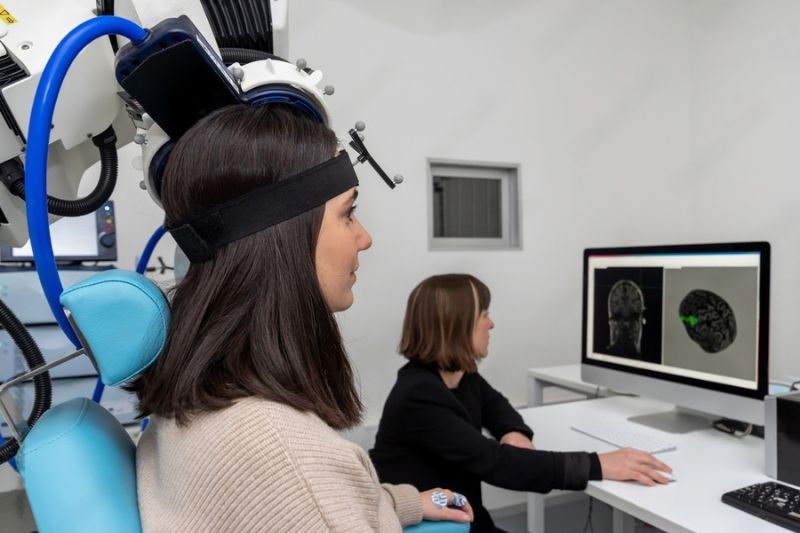Transcranial Magnetic Stimulation (TMS) by Dr. Jennifer McMONIGLE represents a groundbreaking approach to the treatment of various neurological and psychiatric disorders. For patients navigating the complexities of these conditions, TMS offers a non-invasive, drug-free method of therapy that has shown promising results, especially in cases where traditional treatments have been ineffective.
Transcranial Magnetic Stimulation (TMS) by Dr. Jennifer McMONIGLE involves the use of magnetic fields to stimulate nerve cells in the brain.By targeting specific areas associated with mood regulation and cognitive function, TMS can enhance neural activity, promoting recovery and symptom improvement in conditions ranging from depression to stroke rehabilitation.

During a Transcranial Magnetic Stimulation (TMS) session, a wearable device delivers magnetic pulses through the scalp, focusing on regions of the brain identified as underactive or dysfunctional. These pulses encourage increased electrical activity within the neurons, fostering a healthier neural environment.
Patients struggling with conditions like major depressive disorder, anxiety, PTSD, and some specific types of neurological impairments might discover that Transcranial Magnetic Stimulation (TMS) offers them a new hope, especially after other therapeutic approaches have not yielded the desired results. TMS, a non-invasive procedure that stimulates the brain using magnetic fields, can be particularly beneficial for those who have found little relief from medication or traditional therapy. To ascertain whether TMS is a suitable treatment option for your unique situation, it is crucial to seek the expertise of a neurology specialist. Such a professional can thoroughly evaluate your condition and recommend the best course of action, considering the latest advancements and research in the field.
